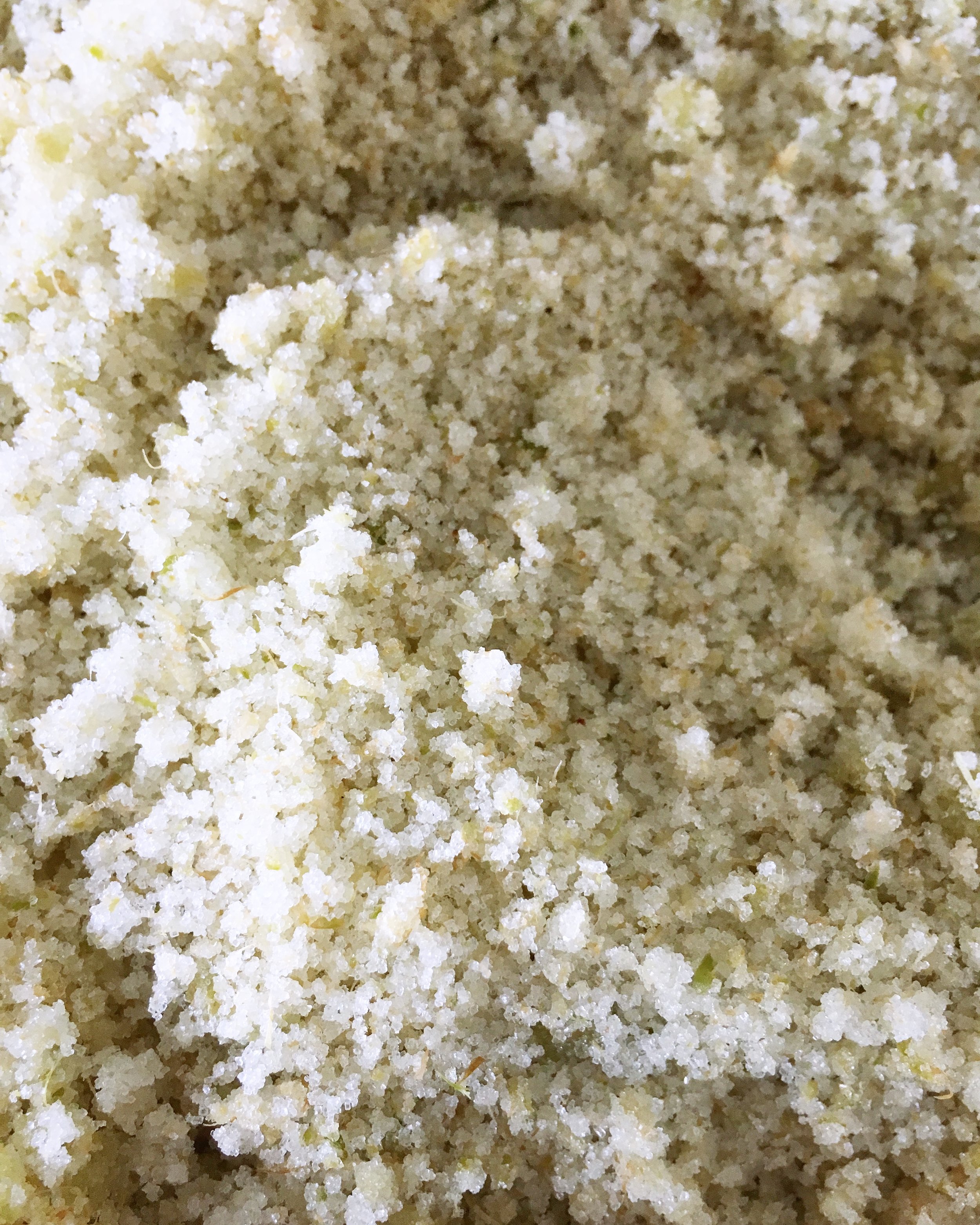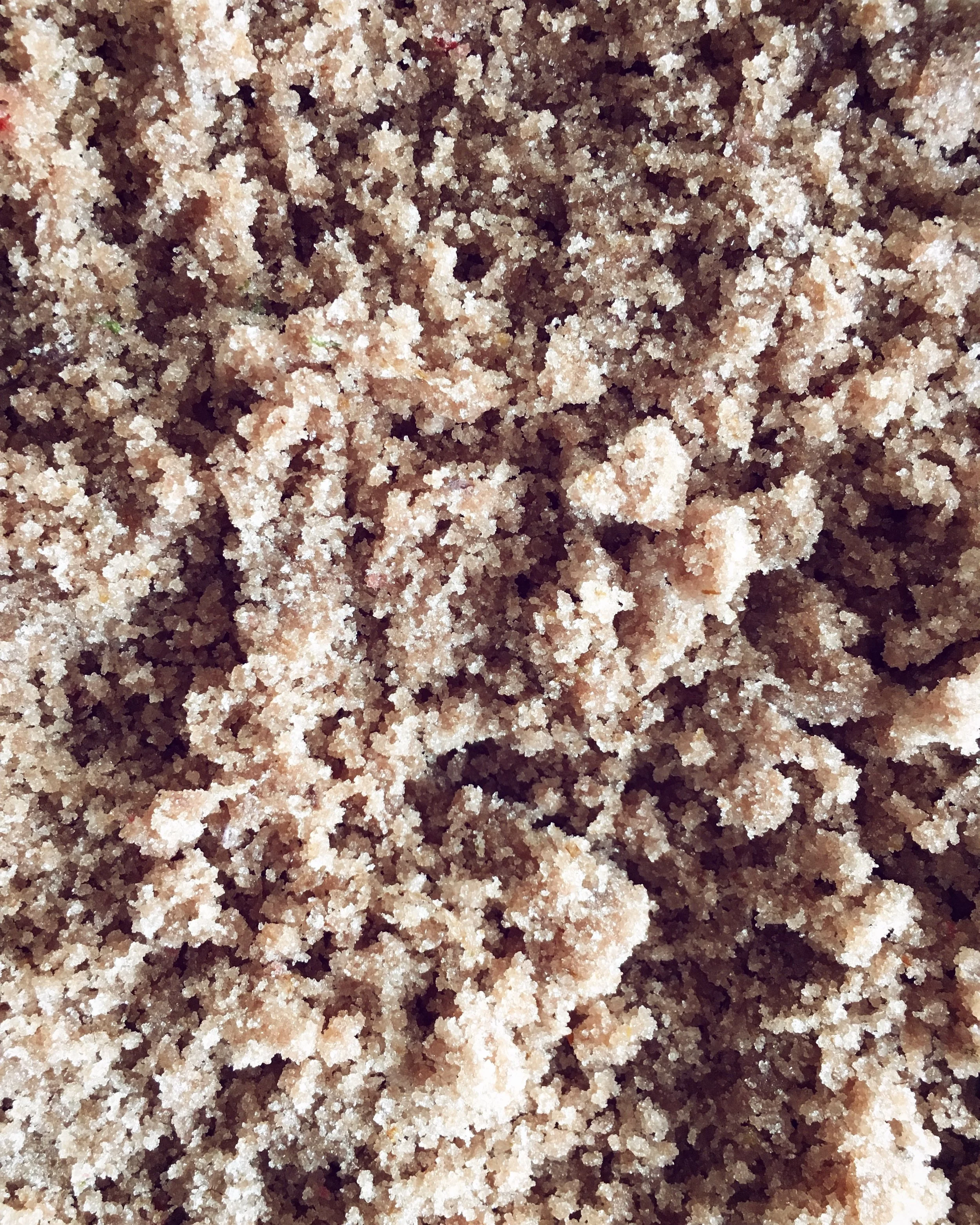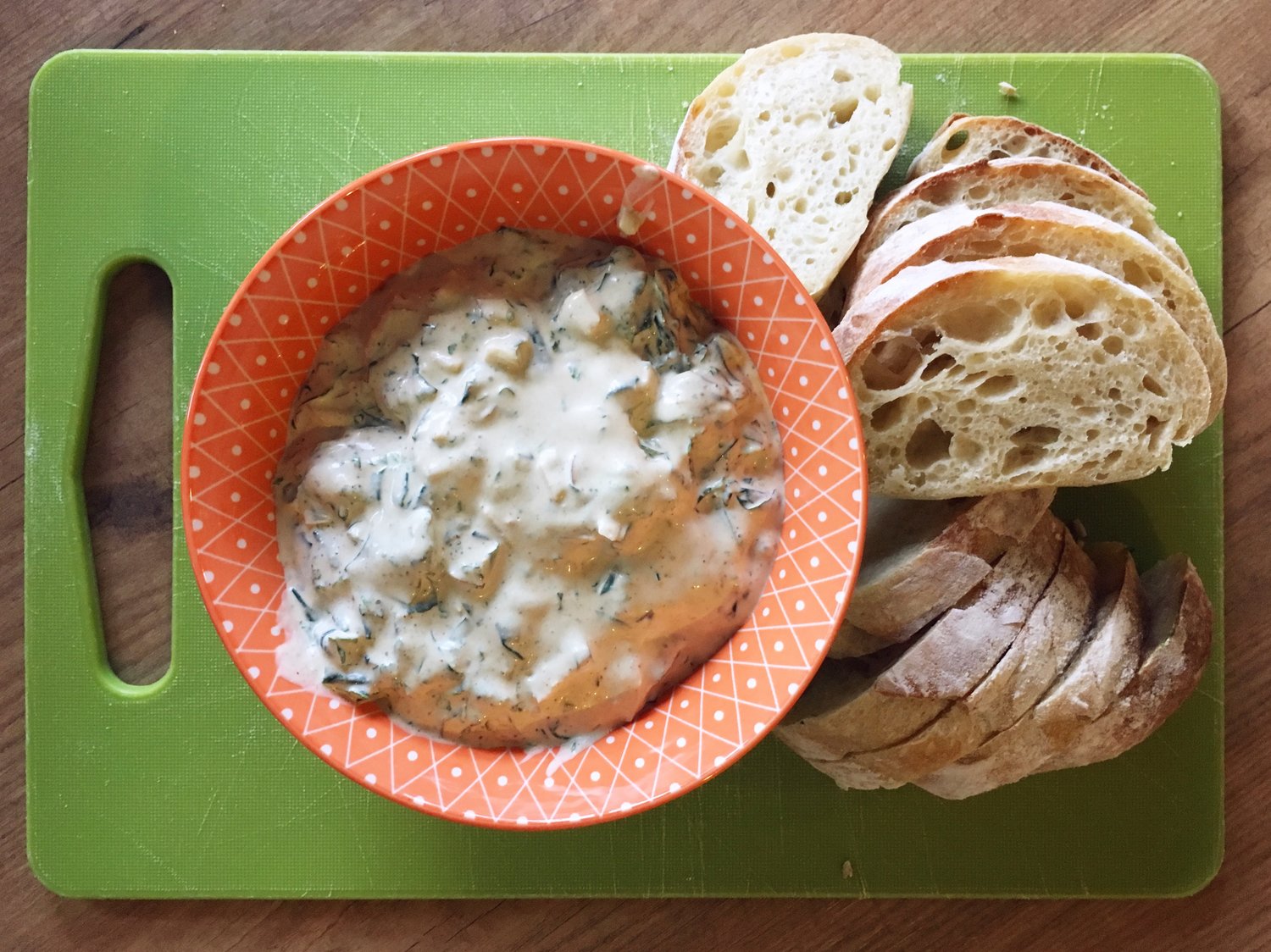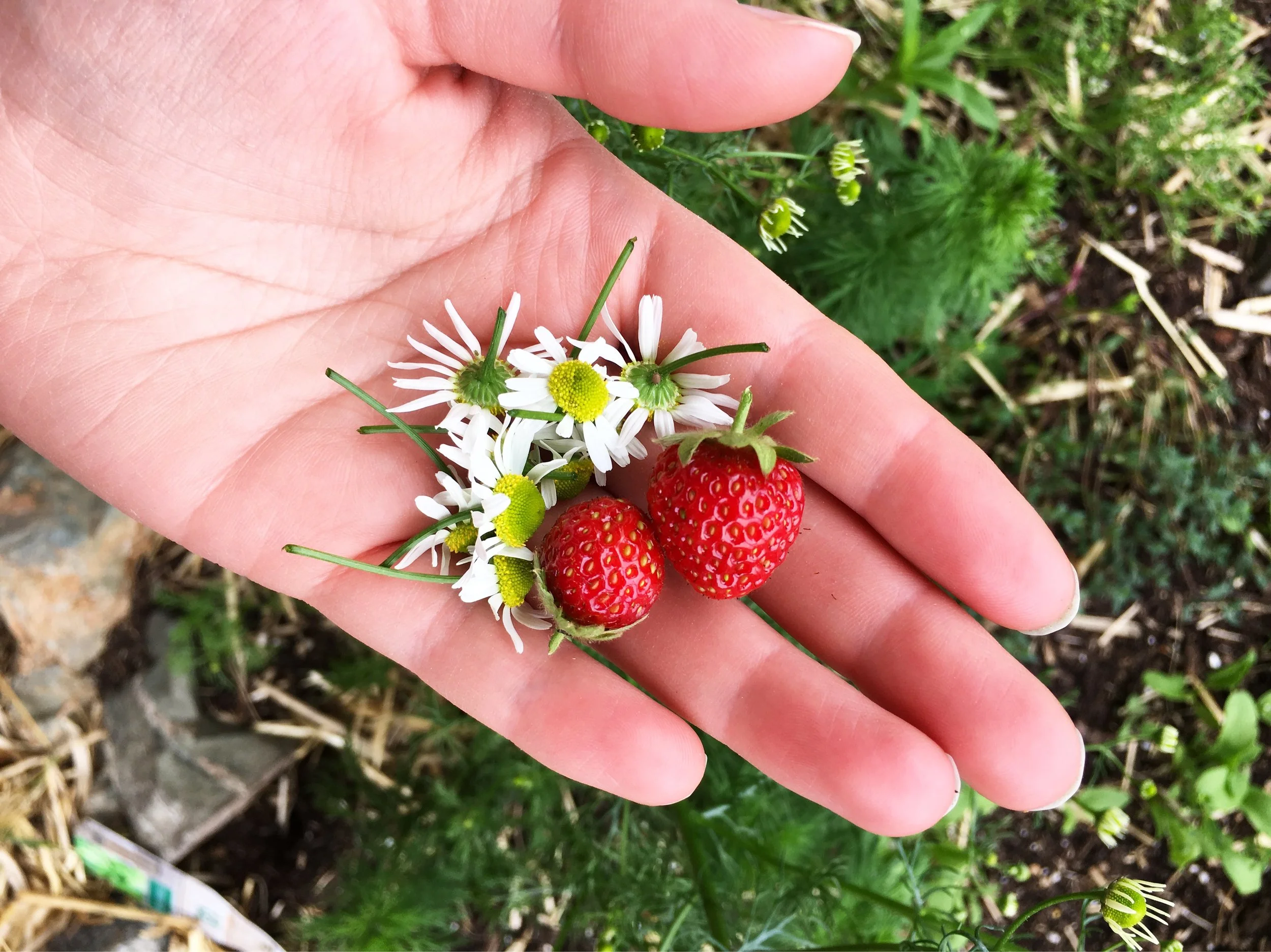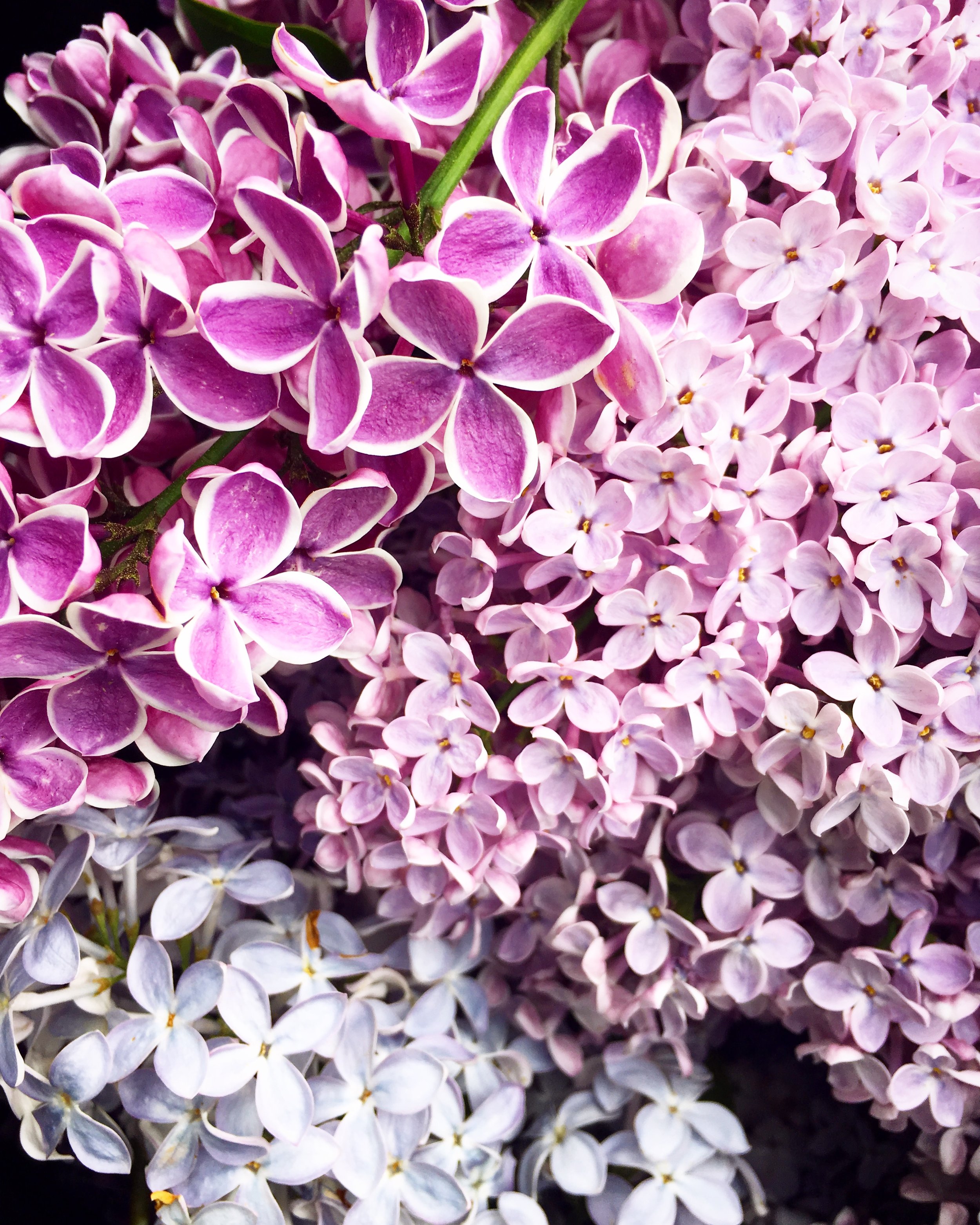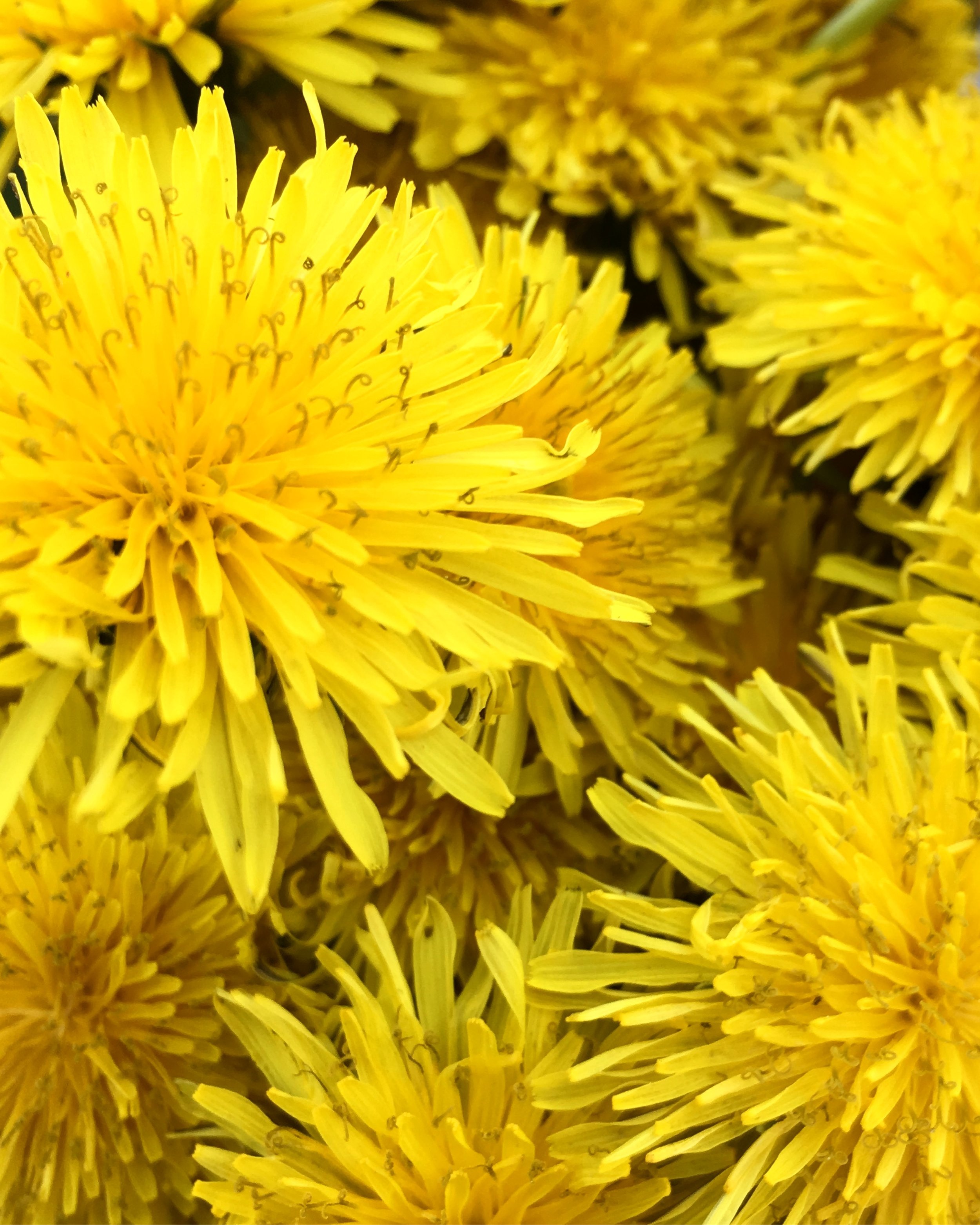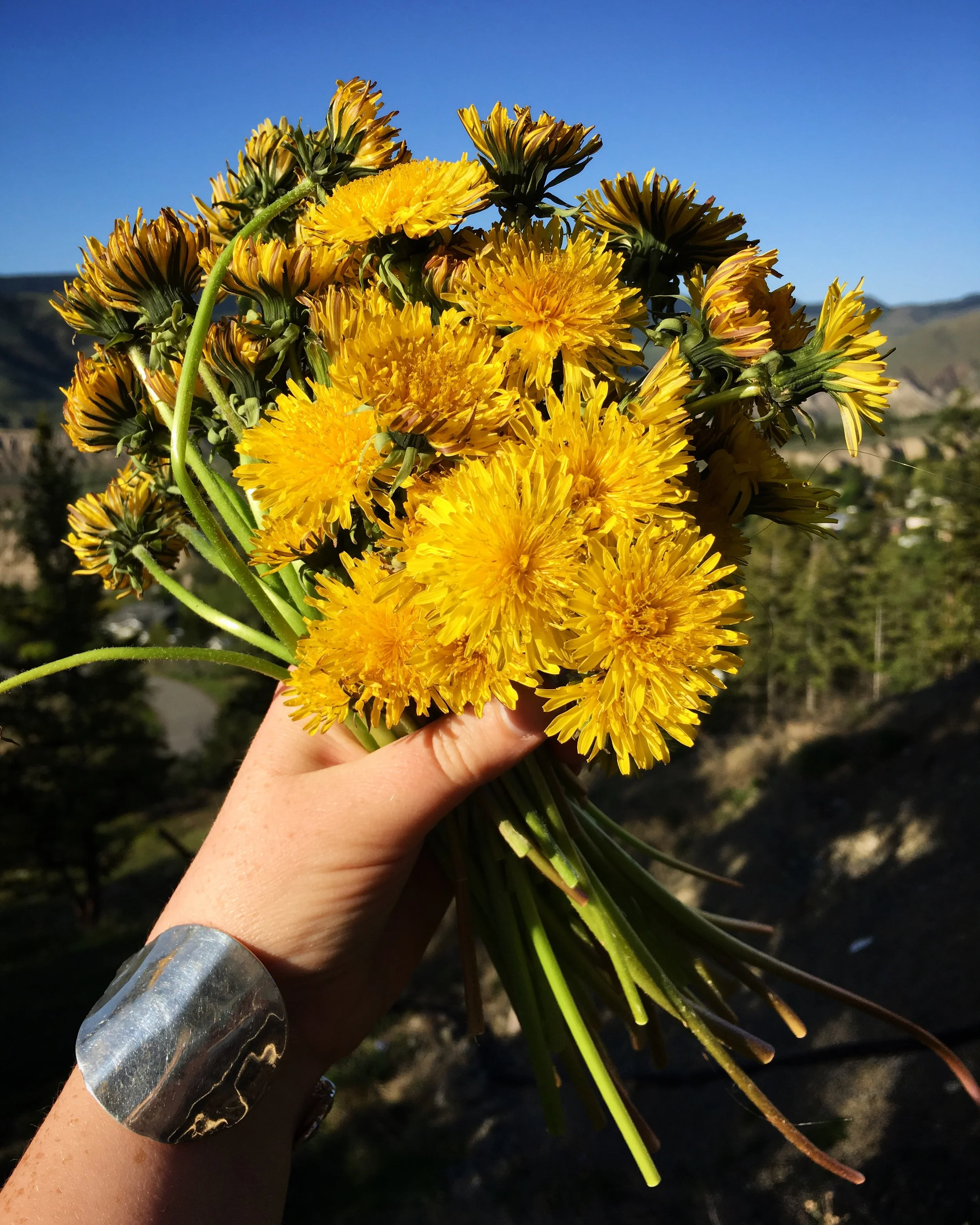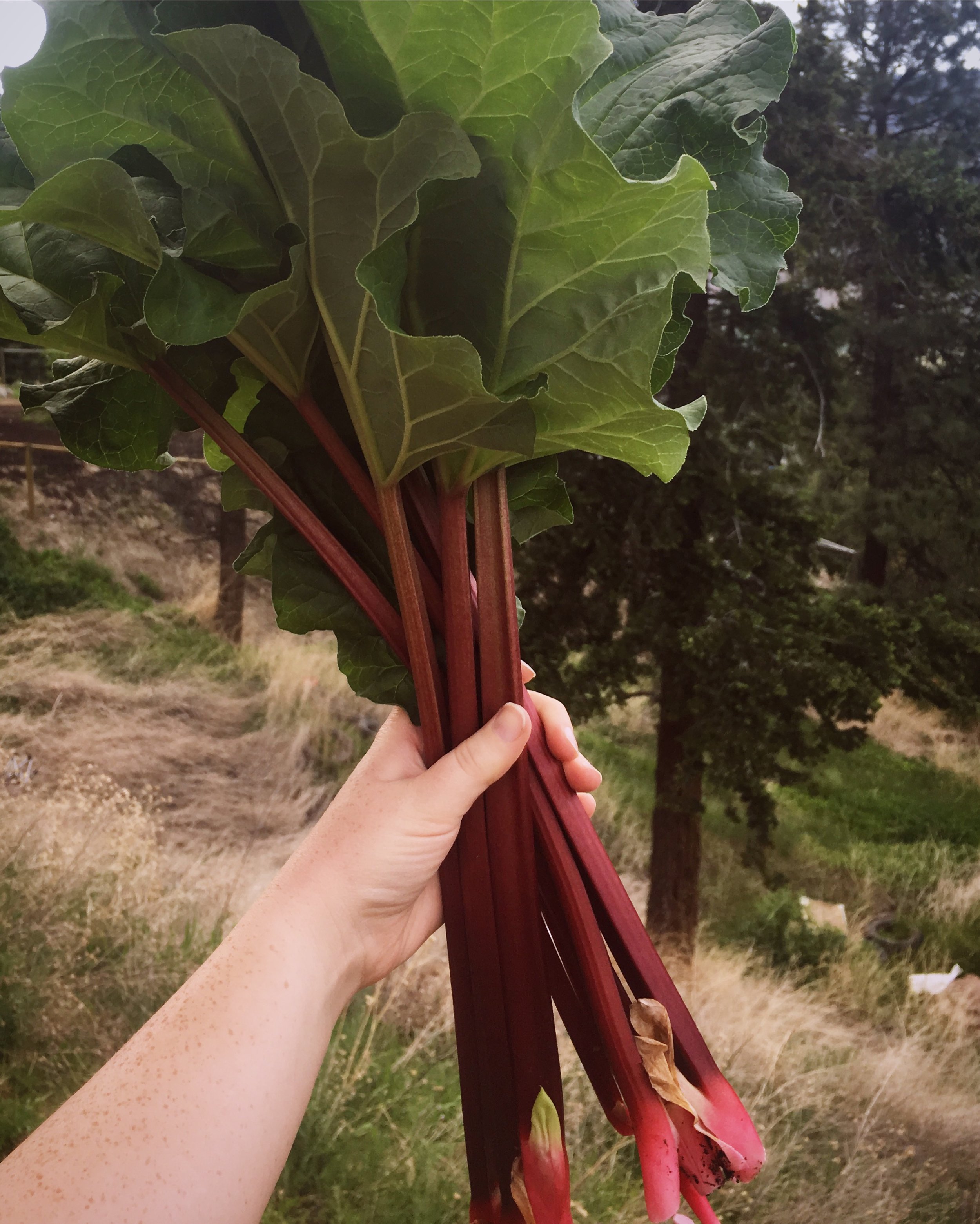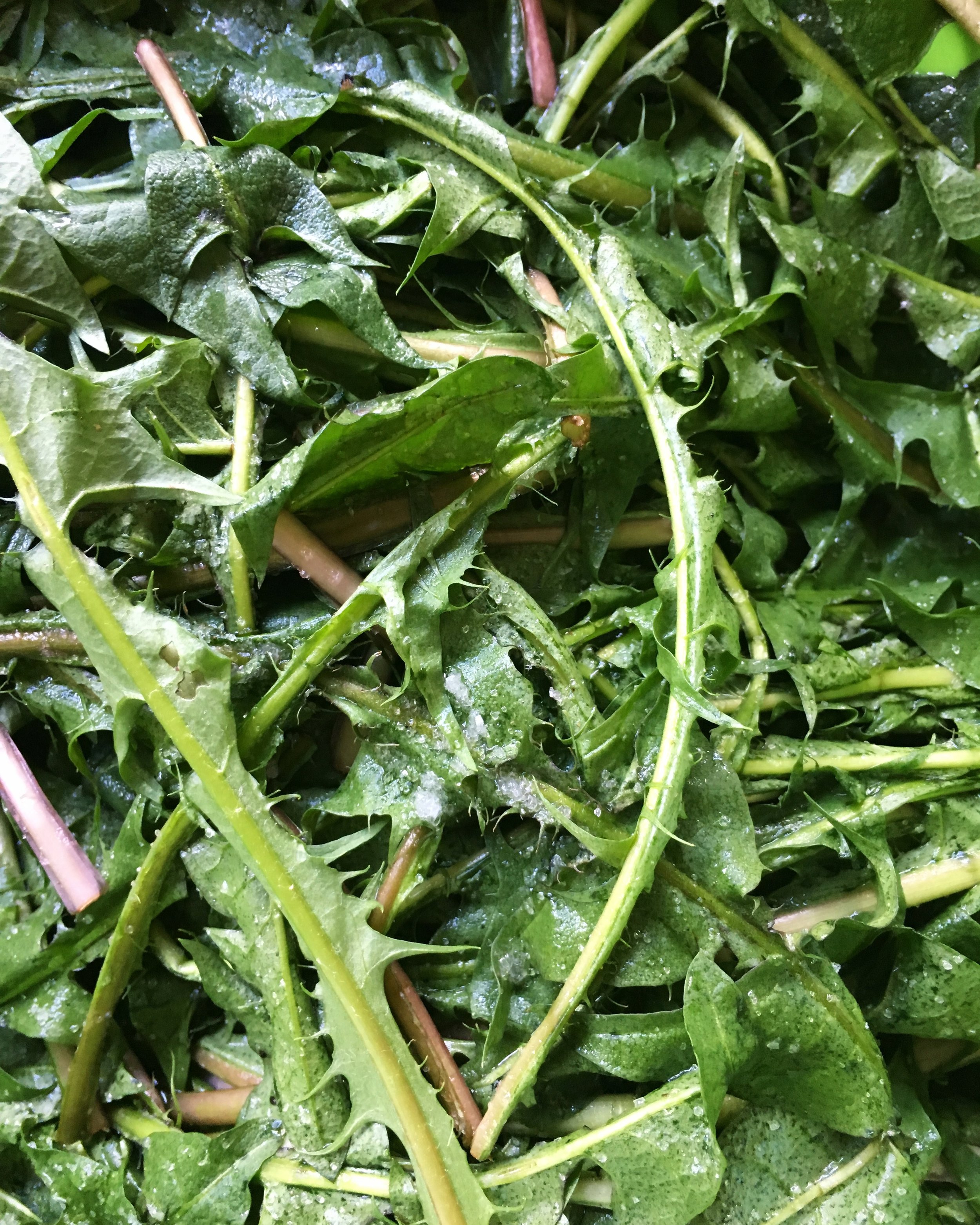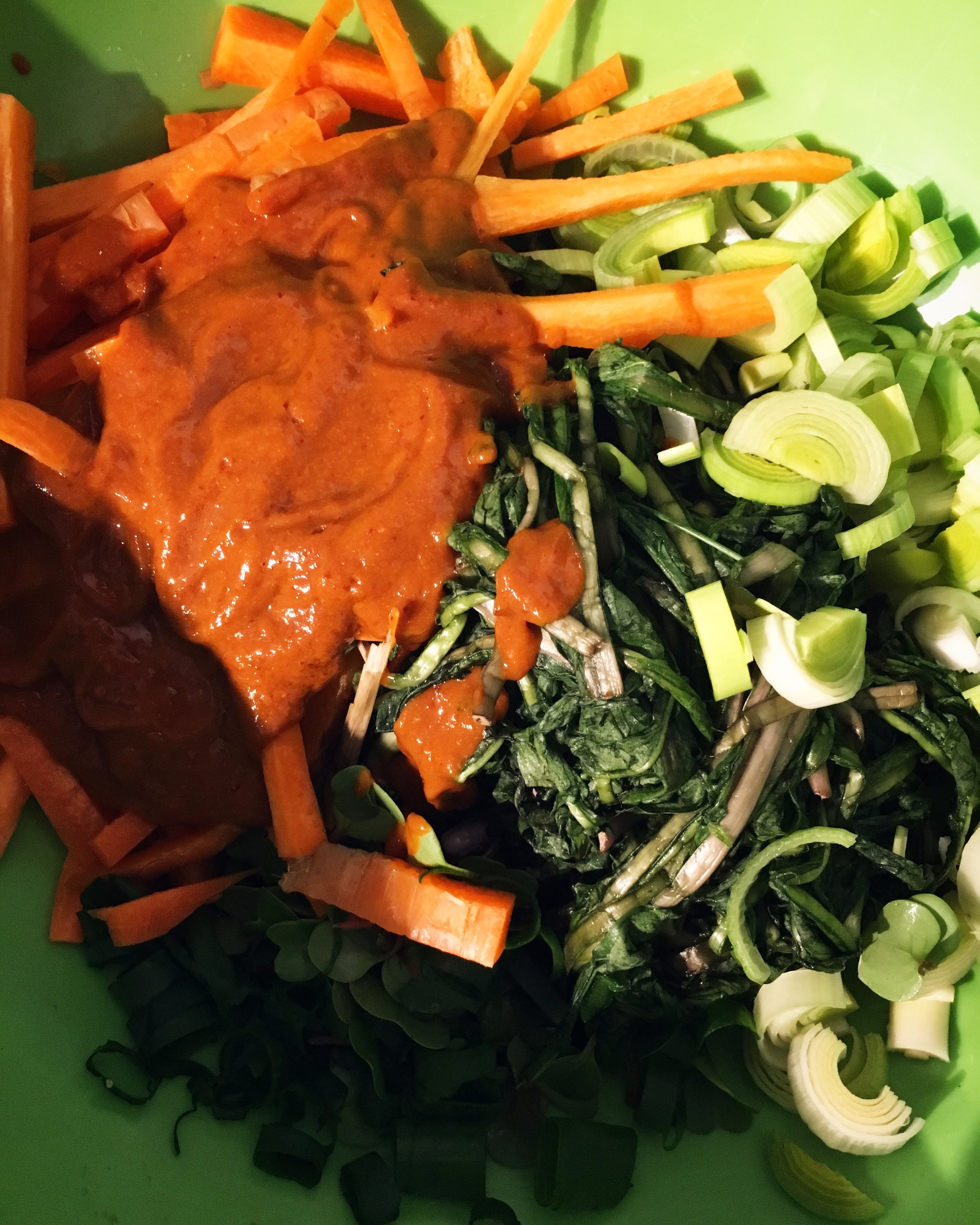How to Make Naturally Flavoured Sugars
Recently I've found that one of my favourite ways of working with new or interesting ingredients is to make flavoured sugar out of them. I love having unique salts and sugars on hand to add something a little different to whatever I am cooking. I'm imagining that both of these sugars would make beautiful additions to baked goods, or sprinkled on top of pancakes, or anything like that. Since I've found this to be so enjoyable, I thought I'd put the tutorial here on the blog. I should also mention that if you are local I do have some of these for sale at the Dallas Barnhartvale Farmers' Market if you want to try them and not worry about making them yourself.
The first step in making these is finding the ingredient you want to use as the flavour. This year I've used a lot of lilac, and also some immature Douglas fir cones. I have an idea to go source some spruce tips, rose petals, and other things to give this a try with as well.
Once you have your ingredient, combine it along with about a cup of sugar in a food processor, or high powered blender (such as a Vitamix). The amount you use can vary a lot. With something like the Douglas fir cones a little goes a long way. You'll have the opportunity to adjust and add more sugar later if you feel the mixture is too strong. Usually I have done about a cup or less of whatever flavouring ingredient I am using. Blend until everything is broken down and fully mixed together. You can have a look at the photos below to see what I mean by that more clearly. After this, dump the mixture into a bowl, and add a few more cups of sugar. Taste it and smell it along the way to make sure you like the strength of the flavour and aroma. When you're happy with it spread it out on a cookie sheet, tray, or really large plate to air dry. It will take a few days, so put it somewhere you can keep an eye on it, but that is out of the way. Give the mix a stir a few times a day - I usually just do a little every time I walk past - so that it dries out evenly. Try to break up any clumps, but know that the consistency will be a little more rustic than regular granulated sugar.
The sky is basically the limit with how you use these once they are dry. They make fabulous items to use as gifts, or wedding favours, since they are so unique and it is easy to do large batches. Feel free to combine ingredients, and come up with your own unique blends to use. Maybe you'll develop something that becomes your go-to secret ingredient!
As always, if you try this tutorial I'd love to hear about it in the comments, or if you post on social media use #aforagershome so I can see it!
To support my blogging endeavours, this post contains affiliate links from which I receive a small commission if you make a purchase. Every product linked here is one I have used personally and would recommend based on my experience


